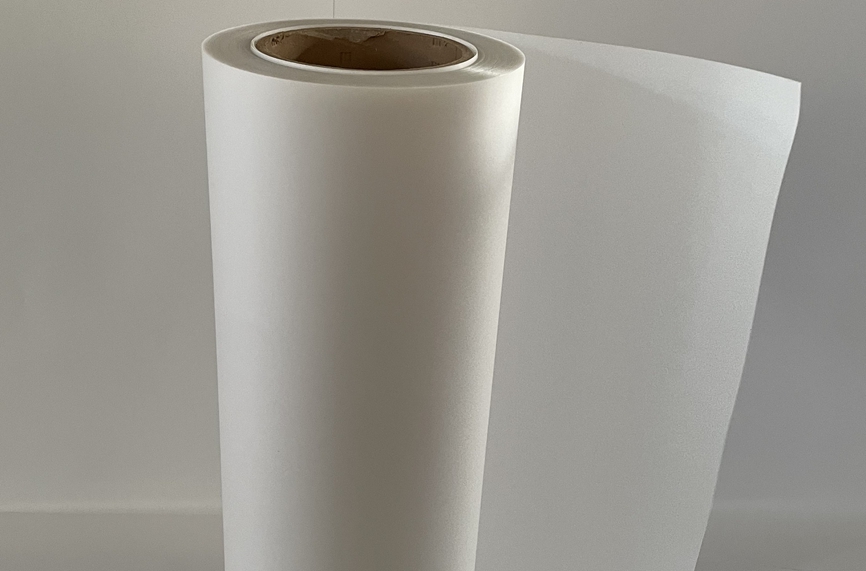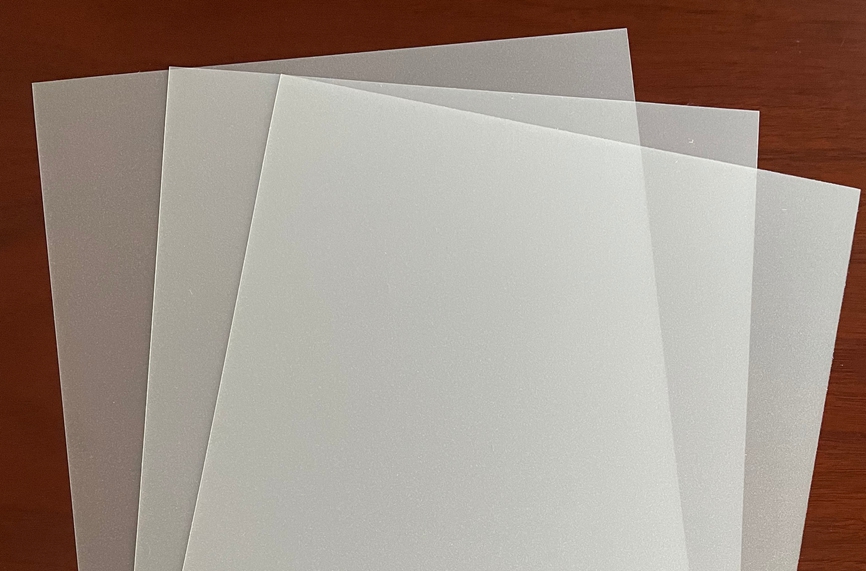The uses of natural frosted PC can be divided into the following categories according to whether it is flame retardant:
Uses of flame-retardant natural frosted PC:
Electronic appliances: used to manufacture the shells of electronic and electrical products that need to meet flame retardant standards, such as power sockets, wire and cable sheaths, and internal structural parts of electrical appliances.
Transportation: used in the interior decoration and parts of transportation vehicles such as airplanes, trains, subways, and ships to meet safety and flame retardant requirements.
Construction field: used for decorative materials, partitions, ceilings, lighting facilities, etc. in buildings, which need to meet building flame retardant standards.
Medical equipment: used to manufacture the shells and internal structures of medical equipment, such as ventilators, anesthesia machines, etc., and the materials must be flame retardant.
Safety protection: used to manufacture safety protection products such as safety helmets, protective covers, and protective railings.
Uses of non-flame-retardant natural frosted PC:
Daily necessities: used to manufacture daily necessities, such as eyeglass frames, mobile phone cases, toys, stationery, etc.
Decorative materials: used for interior decoration, display racks, billboards, etc., where flame retardant standards are not required.
Home Furnishings: Decorative panels, cabinet doors, partitions, etc. used for furniture to provide beauty and privacy protection.
Lighting Equipment: Used to manufacture lighting equipment in non-high-risk areas, such as lampshades for home use, decorative lighting in commercial spaces, etc.
Electronic Accessories: Used to manufacture non-critical components of electronic products, such as brackets, gaskets, insulating parts, etc.
When choosing flame-retardant or non-flame-retardant natural frosted PC materials, it is necessary to decide based on specific application scenarios and safety requirements. Flame-retardant materials are usually more expensive, but they are necessary in situations where specific safety standards need to be met. Non-flame-retardant materials are suitable for applications that do not have strict requirements for flame retardancy.




